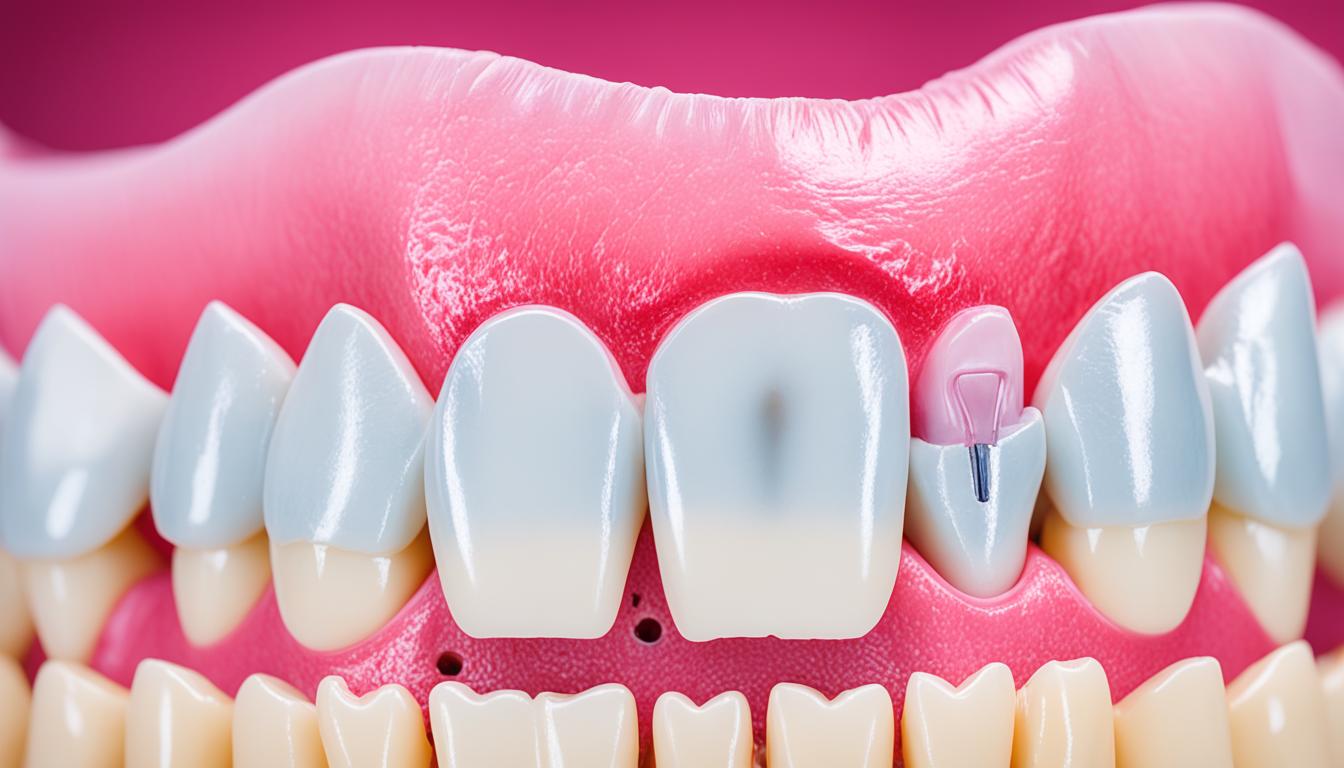Wise Up About Food: Minimizing Food Traps After Wisdom Teeth Removal
Having your wisdom teeth extracted can be a daunting experience. While the initial discomfort is temporary, one common concern during recovery is food getting lodged in the empty sockets. This article explores the reasons why food might get stuck, offers tips for minimizing the issue, and provides a timeline for when you can expect to worry less about food getting trapped in your wisdom teeth holes.
Understanding the Food Trapping Phenomenon
Following wisdom teeth extraction, the sockets where the teeth were located go through a healing process. During this time, blood clots form to promote healing and prevent infection. These clots can be dislodged by activities like forceful rinsing, vigorous brushing, or eating certain foods. When a clot dislodges, it can expose the underlying bone and nerve tissue, making the area sensitive and prone to food getting trapped.
Here’s why food might get stuck:
- Uneven Healing: The healing process can be uneven, leaving some areas of the socket deeper or more irregular than others. These deeper pockets are more likely to trap food particles.
- Food Texture: Sticky, chewy, or crunchy foods are more likely to get lodged in the sockets compared to soft foods that are easily swallowed.
- Improper Chewing: Avoiding chewing on the side of your mouth where the extraction occurred can lead to food migrating to the socket on the opposite side, increasing the risk of it getting stuck.
Minimizing Food Traps: Wisdom for Recovery
Here are some tips to minimize the risk of food getting trapped in your wisdom teeth holes after extraction:
- Follow Post-Operative Instructions: Your dentist will provide specific care instructions following the procedure. These might include avoiding strenuous activity, using gauze pads to control bleeding, and maintaining a soft food diet for the initial healing period.
- Practice Gentle Oral Hygiene: Brushing and flossing are crucial for preventing infection, but be gentle around the extraction sites. Use a soft-bristled toothbrush and avoid vigorous rinsing for the first few days.
- Embrace Soft Foods: Stick to a soft diet for the first few days after surgery. This might include mashed potatoes, yogurt, applesauce, and soups. As healing progresses, gradually introduce softer solid foods like cooked vegetables and fish.
- Chew on the Opposite Side: While chewing on the side of the extraction might feel uncomfortable, it’s important to use both sides of your mouth for even healing. If food does get lodged on the extraction side, try gently rinsing with warm salt water to dislodge it.
- Avoid Certain Foods: Steer clear of sticky, chewy, or crunchy foods like rice, nuts, popcorn, and candy for the initial healing period. These can be difficult to dislodge and increase the risk of infection.
The Timeline of Healing: When to Worry Less
The healing process after wisdom teeth removal varies depending on the individual. However, here’s a general timeline regarding food getting stuck:
- First 1-2 Weeks: This is the highest risk period for food getting trapped. The sockets are the largest and most sensitive during this time. Following a soft food diet and gentle oral hygiene practices is crucial.
- Weeks 3-4: As the sockets start to fill in with tissue, the risk of food getting trapped decreases. You can gradually introduce more solid foods to your diet.
- Weeks 5-8: Healing progresses significantly, and the risk of food getting trapped becomes minimal. However, continue to be mindful of your diet and avoid overly hard or sticky foods.
- Beyond 8 Weeks: The sockets should be fully healed, and the risk of food getting trapped should be very low.
Remember, this is a general timeline, and individual experiences might vary. If you experience persistent problems with food getting trapped or have any concerns during your recovery, consult your dentist for further guidance.
Frequently Asked Questions (FAQ)
- What if food gets stuck in my wisdom teeth hole?
If food gets lodged in your wisdom teeth hole, don’t panic. Try gently rinsing your mouth with warm salt water to dislodge it. Avoid using sharp objects like toothpicks or floss to remove food, as this can irritate the socket and increase the risk of infection.
- What are the signs of infection after wisdom teeth removal?
Signs of infection after wisdom teeth removal might include increased pain and swelling around the extraction site, persistent bad breath, fever, and pus drainage from the socket. If you experience any of these symptoms, consult your dentist immediately.
- Can I eat solid foods right after wisdom teeth removal?
No, it’s best to stick to a soft food diet for the first few days after surgery to allow the extraction






More Stories
Where to Watch USMNT vs Jamaica National Football Team
How I Met My Monster
How Should a Ring Fit